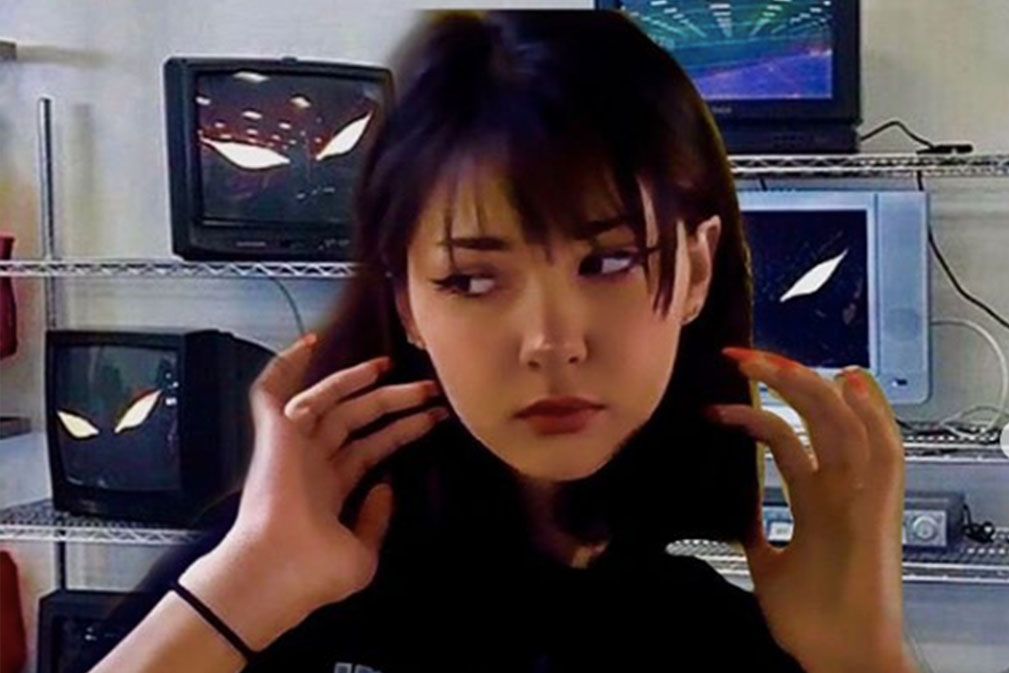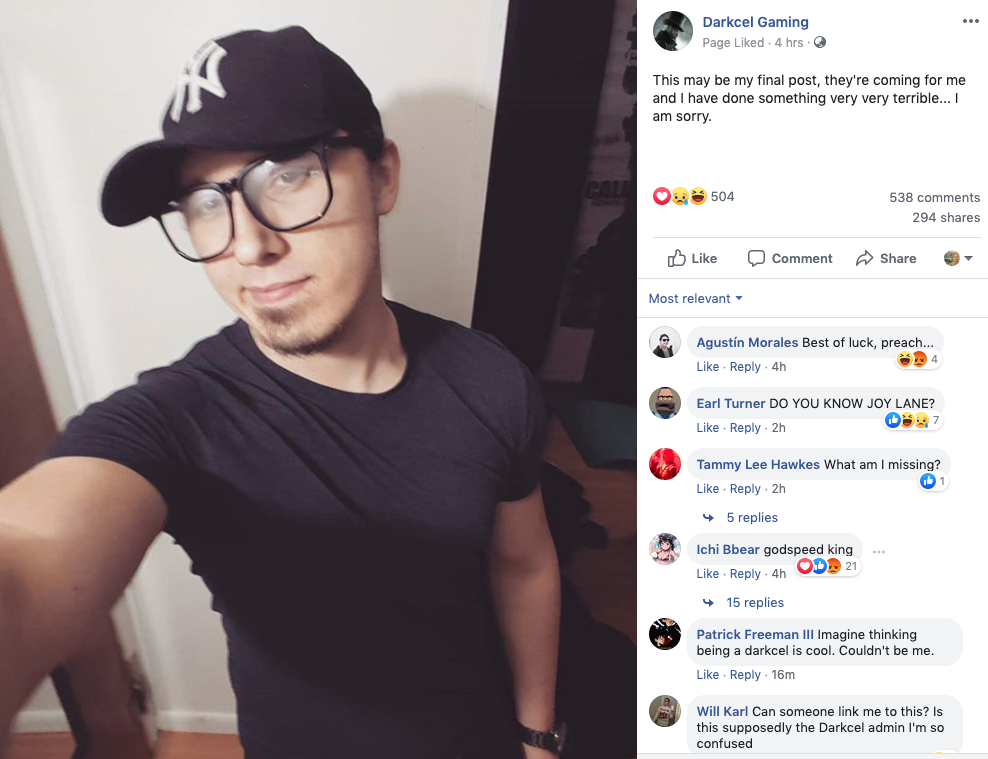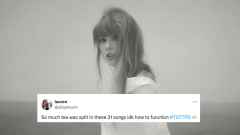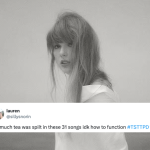
Bianca Devins, a 17-year-old girl from Utica, New York, was brutally murdered on July 14.
Her alleged killer, a 21-year-old named Brandan Andrew Clark, uploaded photos of her body to Instagram, 4Chan, and Discord, and kicked off a cavalcade of impossible-to-censor graphic imagery that social platforms are still struggling to control.
With 6,000 followers on Instagram, Bianca Devins had a small following on social media and was known as an ‘e-girl’ – someone who uses their social accounts to post about anime, video games, and fashion. A statement from the Devins family given to Rolling Stone said Bianca was a “talented artist, loving sister, and a wonderful girl taken from us all too soon.”
Brandan Andrew Clark, known as @yesjuliet on Instagram, mostly posted content related to fitness, emo and metal music. Before the alleged attack, Clark uploaded a photo to his Instagram with the caption “here comes hell. It’s redemption, right?” and also changed the bio on his page to read “10/06/1997 – 7/14/19.”
Utica Police said in a statement on Monday that Clark had called police himself and made “incriminating statements with respect to homicide” before alluding to the fact he would harm himself.
Police found Clark lying on the ground next to a black SUV around 7am Sunday local time. As the first officer approached him he began to stab himself in the neck with a knife. Clark is still alive but severely injured.
Utica Police’s official statement says the two met on Instagram two months ago and had met each in person a number of times.
The entire horrific episode first went viral yesterday, as images allegedly from the scene of the murder began surfacing on 4Chan, Instagram, and Facebook. Users on the now-deleted Facebook page Darkcell Gaming, where it appears Clark was an admin, commented hundreds of times underneath a selfie uploaded with the caption “this may be my final post, they’re coming for me and I have done something very, very terrible. I am sorry.”

What followed was a sickening yet predictable timeline in social platform culture: users and journalists quickly moved to report graphic images of an alleged murder that had been uploaded to Instagram, Facebook, and Discord, while many remained live on the sites for upwards of 12 hours.
On Instagram, Clark’s account was only removed after the platform was directly contacted by BuzzFeed News. Before his account was taken down, photos of Devins’ body were still on Clark’s Instagram account, but were covered with a sensitive content filter thanks to multiple people reporting the image as disturbing or graphic content.
Soon afterwards, hundreds of users began flooding social media using hashtags related to both Clark and Devins, asking others to follow their page to see images from the murder scene. Many flocked to Clark’s Instagram before it was taken down, insisting they had screenshots of chat logs and video of the attack. Such blatant ‘growth hacking’ also translated onto YouTube, where one user hosted a livestream celebrating Clark’s alleged actions. This stream continued almost an hour before it was removed for violating YouTube’s policy on violent or graphic content.
https://twitter.com/JoshPescatore/status/1150649485359554560
Overnight, #ripbianca began to trend on Twitter as photos from the scene of the murder made their way to yet another platform. On Instagram, people began tagging Devins’ account on uploaded photos of puppies and cats in a concerted effort to overwhelm graphic images of her death.
My faith in the internet still exists, people fighting back the trolls by sharing hundreds of pictures puppies and cats, then tagging Bianca to drown out the disturbing images. pic.twitter.com/lHyoWaMImp
— Jamie Pine (@jamiepine) July 15, 2019
This latest event in platform moderation and distribution has highlighted what many have known for years: most social media platforms really can’t control the content on their own sites. The reality is that the pure size and scale of social has now made moderation almost impossible – and many platforms are happy to perpetuate that narrative and let the public work for free to do their moderation for them. A similar discussion broke out in the aftermath of the Christchurch mosque shootings, as a mass-murder was live-streamed on Facebook for millions to see.
The answer to the spread of horrific content on social media engenders more problems. Social media platforms must do more to curate and moderate their communities, but in doing so will likely end up affecting against wide swathes of their communities who may not have acted improperly. In the meantime, the buck falls on the very users these platforms are meant to protect.
At what point in internet history will there be legal grounds to take action against platforms that fail to police these things and instead continue to rely on users to flag things like images of a murder? The question is difficult to answer, and creates multiple ethical quandaries around the rights of people online.
Meanwhile, a teenage girl has been murdered, and graphic images of her body are still spreading, largely unpoliced, on social media . They have been for almost 24 hours. Surely, preventing situations like this one should be the bare minimum we expect.







